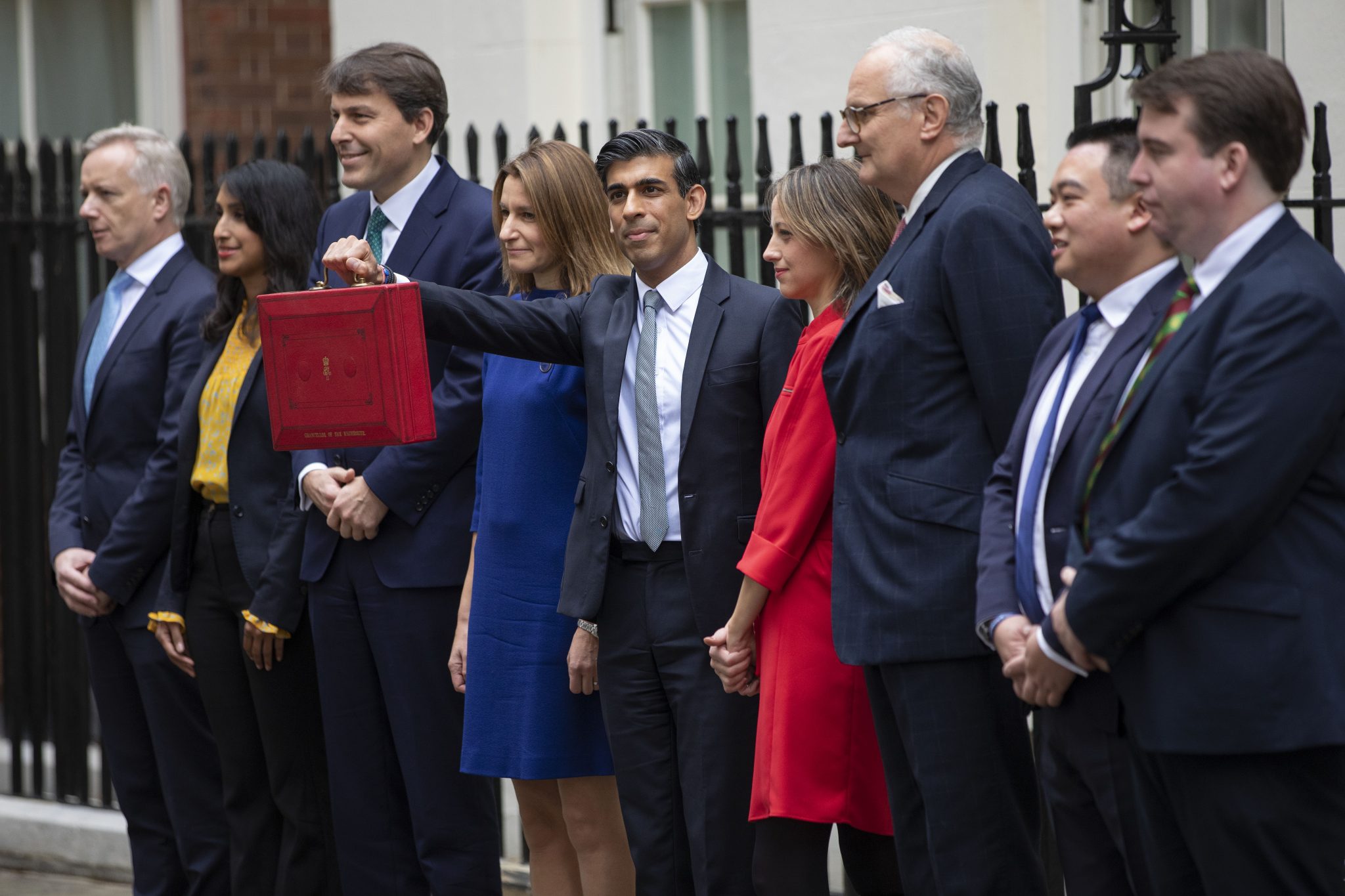Setting out a path to growth, or repairing the damage caused by austerity?
Views on Chancellor Rishi Sunak’s budget and spending review statements yesterday (27 October) are likely to be coloured by personal and political perspectives.
From the perspective of a communicator and director of a small business outside London, the statement felt like a pitch from a man in control of the narrative. This is a prized asset for government set pieces. And it’s why key measures – around Net Zero, infrastructure, transport and skills – were so heavily trailed in advance.
These measures coalesce under a plan for growth, building on the Prime Minister’s claims that the country must move towards a model of higher wages and productivity. With growth anticipated to reach 6.5% next year, there is cause for optimism from this most spendthrift of Conservative chancellors.
Even if there were few surprises, there remains plenty to make sense of over the coming days. How many of the commitments are new money? How can the funding be accessed? Do we know yet what ‘levelling up’ looks like? The third question is a touch optimistic, I know. The truth will be defined by what people think about what happens next.
For those interested in place-making and development, here are some of the snippets of interest we took from the announcement.
Five place points
#1 Public spending increases across the board: Mr Sunak announced real-term rises for every department, increasing their budgets by £150bn by the time of the next election. This includes a settlement for local government of £4.8bn. With pressure building over service provision, this settlement will come as a relief to those whose budgets have been reduced since 2010.
#2 Building back better, and greener? Measures to support the government’s ‘drive’ to net zero include £6bn in decarbonising transport and potential funding for a nuclear power station at Sizewell C. Nearly £4bn is earmarked to improve buildings and help households take steps towards carbon neutrality. There were no stand-out measures around active travel, which is seen by many as a key part of moving places away from car use which chokes our towns and cities.
#3 Greater support for new homes: Housing remains high on the government’s agenda, with £24bn allocated to fund new and affordable homes by 2025. The funding includes an extra £11.5bn for 180,000 affordable homes and £1.8bn to develop brownfield sites. The funding is expected to be allocated to Homes England, with some possibly issued to combined authorities in city regions.
#4 Levelling up: Funding for youth services, transport, museums and libraries make up the package of measures announced under the government’s commitment to rebalance economies outside London. These include £5.7bn allocated to eight city regions, including £540m to the West of England, for sustainable transport. Another £3bn will go towards improving bus services. Projects securing funding from the first round of the Levelling Up Fund were also unveiled. More than 100 places have shared nearly £1.7bn from this fund.
#5 Support for high streets: Business rates were raised as a key issue by people we spoke to ahead of the Spending Review. Mr Sunak cancelled next year’s business rates multiplier and announced a 50% discount for retailers, pubs, cafes and leisure businesses.
Now the hard work starts
As ever, it will take time for the detail to be fully understood, but the path to the next election is clearly set. Now it’s all about the delivery.


